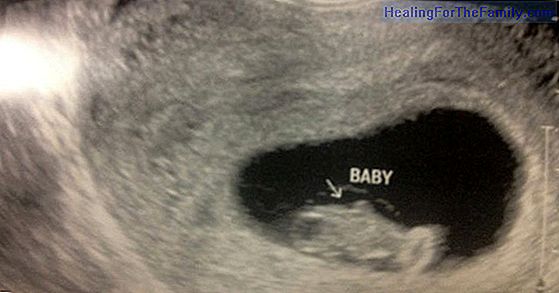Hepatitis A and children
What is hepatitis? Hepatitis is an inflammation of the liver. It can be caused by viruses, as well as by other factors such as bacteria, drugs and toxic agents. In children, the most frequent form of hepatitis is hepatitis A (also called infectious hepatitis). This type of hepatitis is caused by the
What is hepatitis? Hepatitis is an inflammation of the liver. It can be caused by viruses, as well as by other factors such as bacteria, drugs and toxic agents.
In children, the most frequent form of hepatitis is hepatitis A (also called infectious hepatitis). This type of hepatitis is caused by the hepatitis A virus (HAV), which is found in the feces of infected people. Infected stools can be present in small amounts in food and objects (from a door handle to a baby's diapers).
Symptoms of hepatitis A in children

Hepatitis A in children initially presents with nausea, vomiting, malaise and fever. Abdominal pain, dark coloration of the urine, whitish stools, jaundice (yellow discoloration) can also occur in both conjunctiva and oral mucosa. General discomfort decreases with jaundice.
Contamination and diagnosis of hepatitis A in children
Hepatitis A is spread through the fecal-oral route, that is, through contaminated food and water. Through water, milk and contaminated food, especially seafood. Regarding the diagnosis of hepatitis, some laboratory tests such as liver function tests (bilirubins and transaminases), coagulation times and glucose can detect it.
Treatment and prevention of hepatitis A in childhood
There is no specific treatment for hepatitis A, but all types of medications, especially analgesics and to control fever, should be avoided. Fats and irritants should be avoided to reduce gastrointestinal symptoms.
The easiest way to prevent hepatitis A in children is through childhood vaccination. The hepatitis A vaccine is recommended at 2 years of age. There is also a combined hepatitis A and B vaccine that can be administered without major complications in adulthood when there was a childhood vaccine.
To avoid contagion in the case of hepatitis A, care should be taken with personal hygiene, hand washing and when preparing food. Avoid contact with any object potentially contaminated with fecal matter and avoid overcrowded and unhealthy conditions; Special care should be taken when traveling with children to areas where sanitary conditions are poor and the quality of the water suspicious, especially when drinking or swimming, avoid eating seafood or fish from water contaminated with sewage, wash hands thoroughly after using the toilet and before meals and if a member of your family contracts hepatitis, use disinfectants to clean the toilets, sinks, urinals or wedges that person has used.
The prognosis is generally very good, 95 percent of patients with hepatitis A recover without any sequelae.












